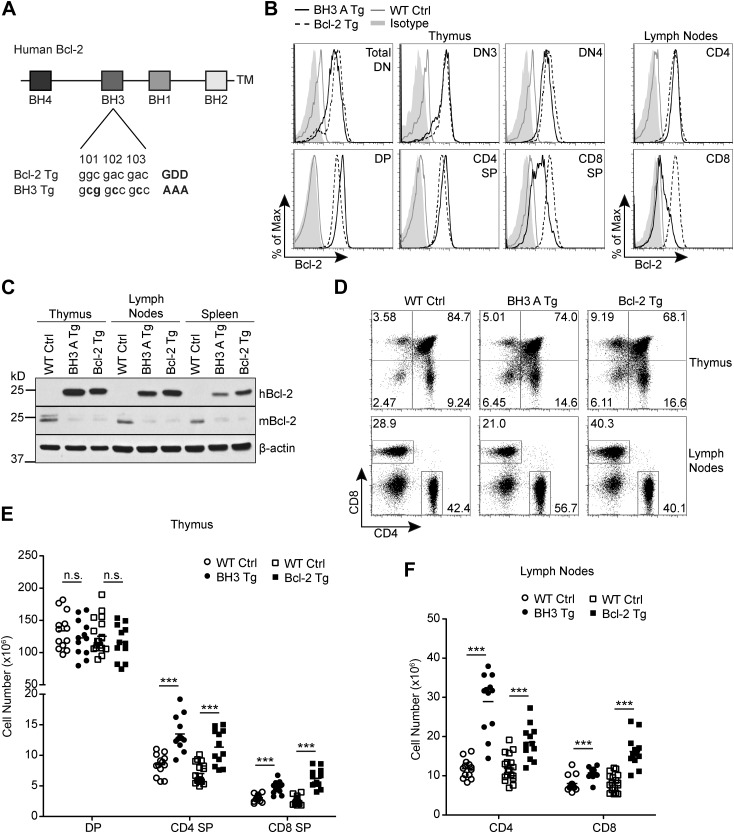Figure 1. Generation of Bcl2 BH3 domain mutant transgenic mice.
(A) Diagram of the mutation made to the BH3 domain of human Bcl2 to abolish BH3 domain function in the Bcl2 BH3 mutant transgenic (BH3 Tg) mice. Amino acids 101–103 of human Bcl2 were mutated from Glycine-Aspartate-Aspartate to Alanine-Alanine-Alanine to abolish BH3 domain function (Cheng et al., 1997a). (B) Flow cytometric analysis of intracellular Bcl-2 expression in BH3 Tg, line A (BH3 A Tg) vs LckPr-Bcl2 (Bcl-2 Tg) and wild-type (WT) thymocyte and mature T cell populations. DN populations were gated based on CD25 and CD44 expression. (C) Western blot analysis comparing human vs mouse Bcl-2 expression in the thymus, lymph nodes and spleen of BH3 A Tg vs Bcl-2 Tg and WT mice. (D) Flow cytometric analysis of CD4 vs CD8 T cell populations in the thymus and lymph nodes. (E) DP, CD4 SP and CD8 SP thymocyte cell numbers in 6-week-old BH3 Tg and Bcl-2 Tg mice compared to WT littermate controls. (F) Lymph node mature CD4 and CD8 T cell numbers in 6-week-old BH3 Tg and Bcl-2 Tg mice compared to WT littermate controls. The transgenic mice in (B–D) were age-matched within 1 week and compared to a littermate non-transgenic WT control. All mice were between 6 and 10-weeks-old. (B–F) are representative of or compiled from at least three independent experiments. Statistics here and in the following figures were calculated by Student's t-test: ***p < 0.001, **p < 0.01, *p < 0.05, n.s. not significant.

